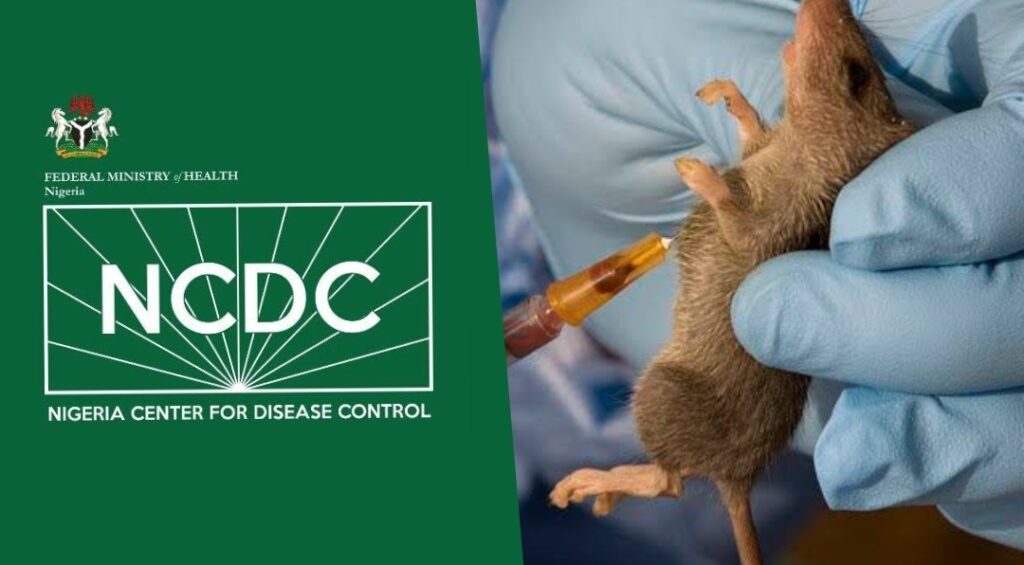
The Nigeria Centre for Disease Control (NCDC) says Ondo and Edo are leading the country’s Lassa fever cases as it announces five additional cases in seven days, from August 15 to 21.
The NCDC, via its official website on Monday, said the two states accounted for 57 per cent of the disease burden in the country.
“In week 33 (August 15 to 21), the number of new confirmed cases decreased from nine in week 32, 2022, to five. These were reported from Ondo and Edo states. Of all confirmed cases, 70 per cent are from Ondo (31 per cent), Edo (26 per cent), and Bauchi (13 per cent),” it said.
NCDC disclosed that the cases were recorded from patients between 21 and 30 years, adding that the “male-to-female ratio for confirmed cases is 1:0.8.”
The agency’s epidemiological report showed that from the beginning of 2022, 25 states had recorded at least one confirmed case across 101 local government areas.
The public health institute further stated that from week one to week 33, 2022, 168 deaths have been reported, with a case fatality rate (CFR) of 18.8 per cent.
The public health institute said this was lower than the CFR for the same period in 2021 (23.3 per cent).
The NCDC, therefore, said the national Lassa fever multi-partner, multi-sectoral technical working group continued to coordinate the response activities at all levels to curb the spread of the disease.
“The number of suspected cases has increased compared to that reported for the same period in 2021. No new healthcare worker affected in the reporting week 33,” it stated.
Proffering solutions and preventive measures, the public health agency said Nigerians should ensure proper environmental sanitation.
“Communities should set up dump sites very far from their homes to reduce the chances of having rodents within homes; store foodstuffs like rice, garri, beans and corn/maize in containers that are well covered with tight-fitting lids,” NCDC. “Avoid drying foodstuffs outside on the floor, roadside where they will be exposed to contamination; Avoid bush burning, which can lead to the displacement of rats from bushes to human dwellings.”
The health agency further advised people to “eliminate rats in homes and communities by setting traps and other means.”
(NAN)

